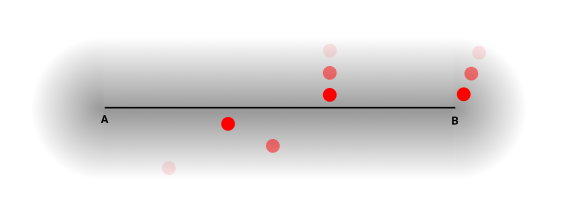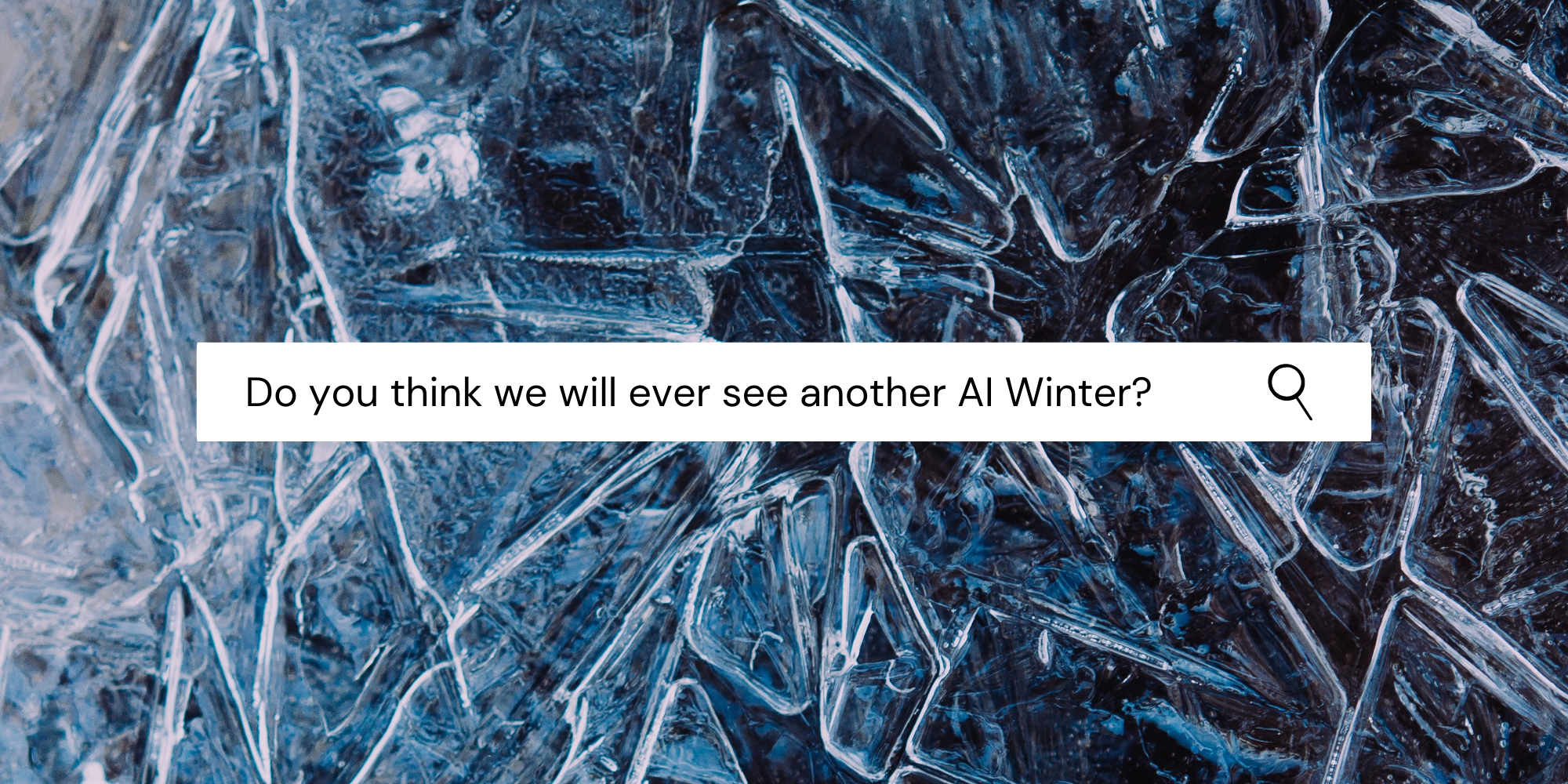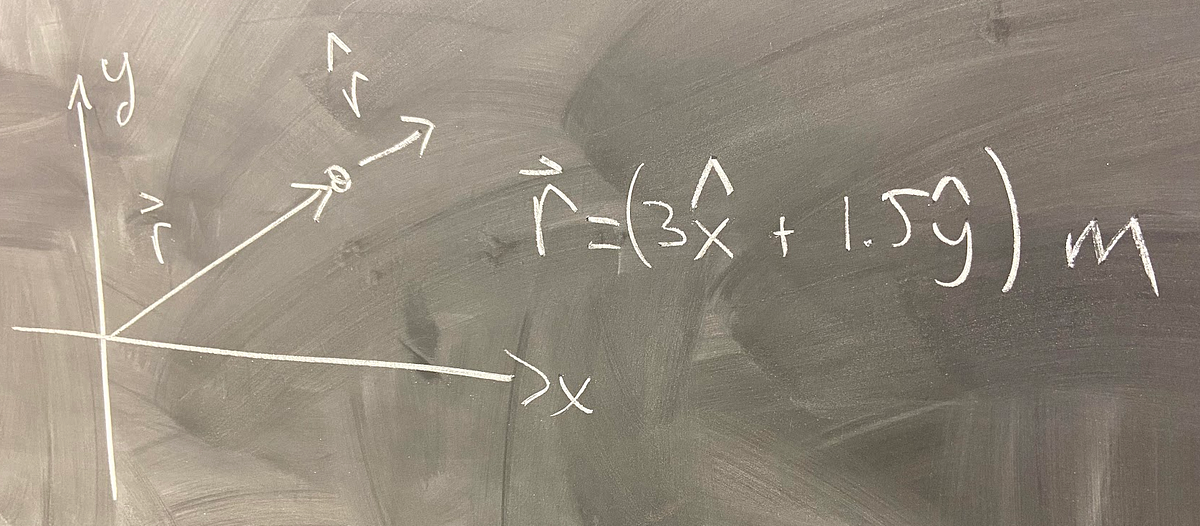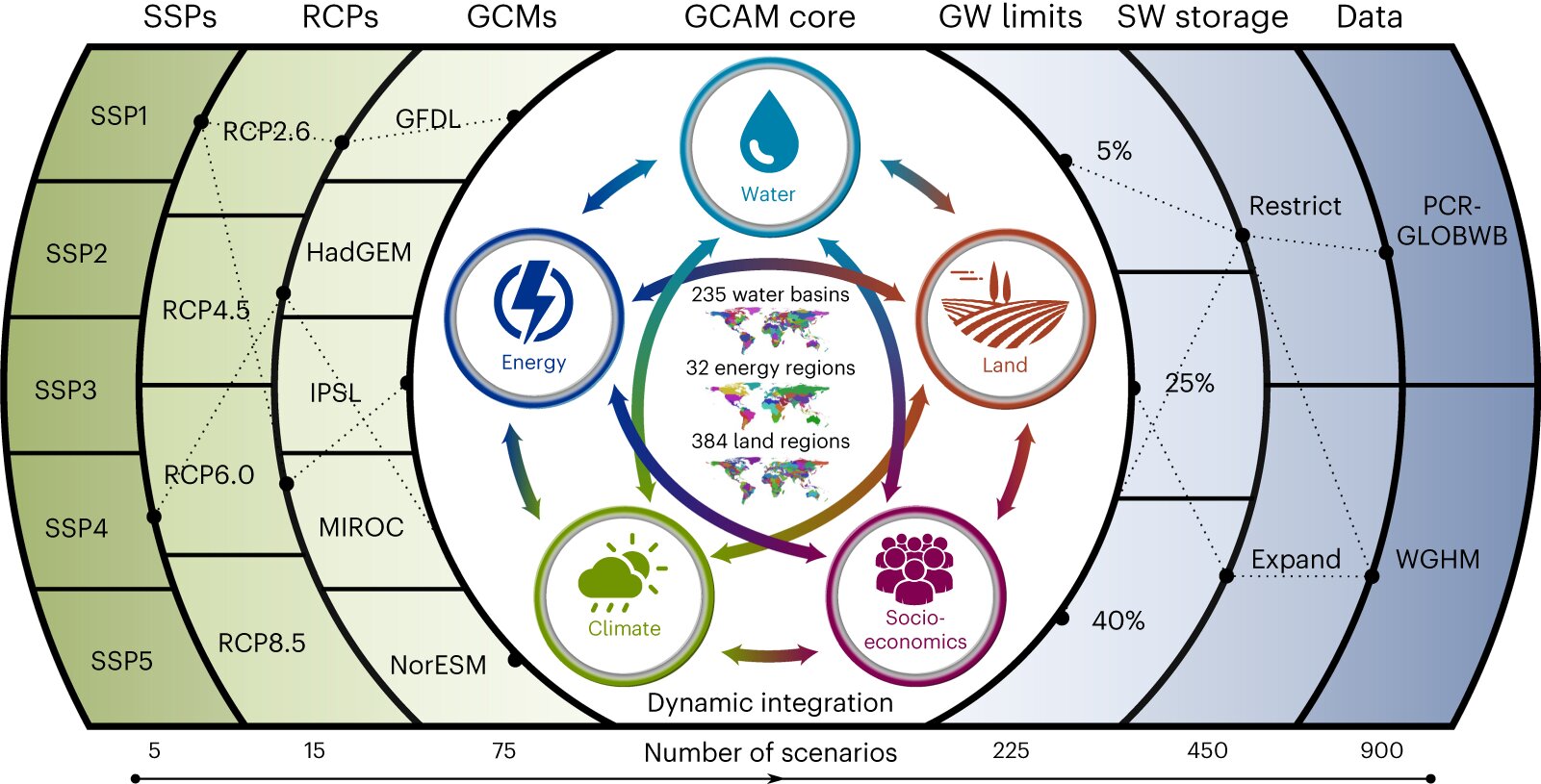
The Rise of Vector Data - KDnuggets
Embedding models convert raw data such as text, images, audio, logs, and videos into vector embeddings (“vectors”) to be used for predictions, comparisons, and other cognitive-like functions.
When you see a friend, your eyes convert light into signals that travel to the visual cortex, where they activate millions of neural cells through layers, which reach the temporal lobe for interpretation: “That’s my friend Julie!”
Deep learning applications see the world similarly. Embedding models convert raw data such as text, images, audio, logs, and videos into vector embeddings (“vectors”) to be used for predictions, comparisons, and other cognitive-like functions. As embedding models grow in numbers, capability, and adoption, more vector data gets generated.
Vectors often get discarded immediately, but what if you saved them? That turns out to be valuable. So valuable that Google, Microsoft, Amazon, Facebook, and other AI trailblazers already do this.




















/cdn.vox-cdn.com/uploads/chorus_asset/file/25416369/STK473_NET_NEUTRALITY_CVIRGINIA_A.jpg)
